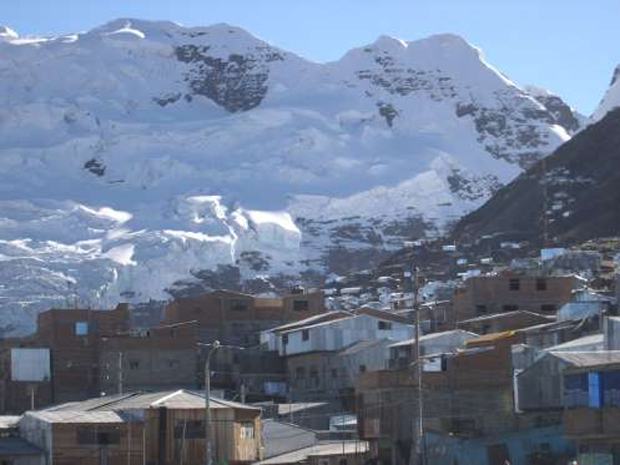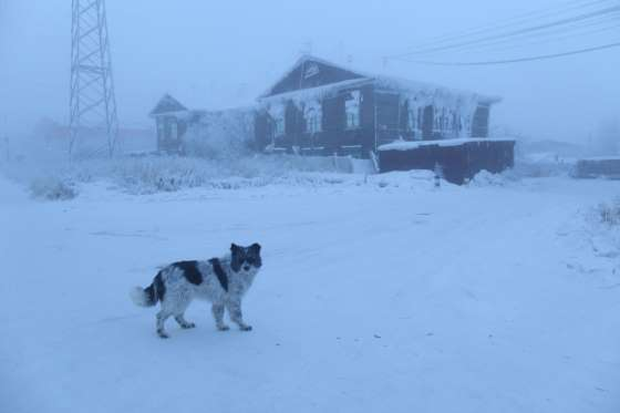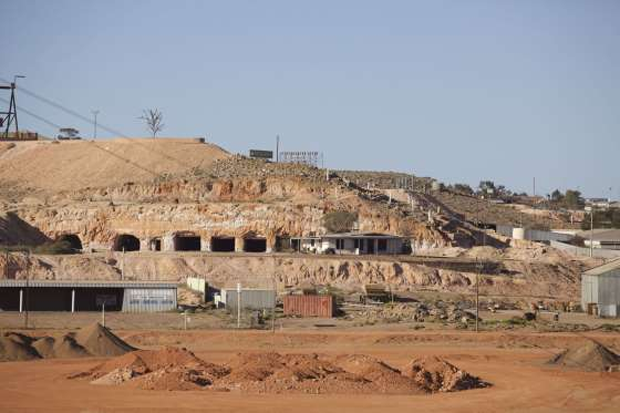|
Here are Most Extreme Towns on the Planet. From cold to hot and high to
remote, these are some of the most extreme locations that humans
inhabit.
|
|
KUWAIT CITY, KUWAIT
When it comes to towns of extreme heat, look no further than this
full-fledged—and extremely wealthy—city. A hot day in Kuwait City can
come in at over 125 degrees Fahrenheit, and the city sees an average
daily high of around 111 degrees for three straight months in the
summer. As one of the hottest cities in the world and certainly the
hottest city of its mammoth size, expect to see the wealthy huddled
inside air-conditioned homes and shopping areas while the less affluent
rely on umbrellas and shade to find relief. |
|
 |
|
LA RINCONADA, PERU
Tuiwa, Tibet, may claim the moniker of "rooftop of the world," but the
Peru mining city of La Rinconada takes the title of highest altitude
town at 16,700 feet above sea level. Located in the Andes at the foot of
La Bella Durmiente, the town sits well above the tree line and its
average daily temperature hovers just above freezing, making for a
dreary, snowy existence for the 50,000 folks there, many working for
explorers who come in search of gold at the local mine. |
|

|
|
ITTOQQORTOORMIIT, GREENLAND
Don't mind all the double letters in Ittoqqortoormiit's name. What's
really notable about this town in Greenland is that its population of
about 450 gives it one of the most isolated locations in the world, but
one still accessible for tourists. Located on Liverpool Land, an eastern
peninsula, the town doesn't have extreme history, with less than 100
years to its name. The hunting village—whales and polar bears remain the
mark—keeps some residents busy, while running wilderness adventures for
tourists adds a second economic interest. |
|

|
|
OYMYAKON, RUSSIA
Only about 500 people willingly choose to live in the extreme
temperatures of Oymyakon, Russia, about a three-day drive from the
remoteness of Yakutsk. With a record low of -90 degree Fahrenheit set in
1933, this Russian town is arguably the coldest permanently lived-in
settlement. With an extreme northern climate, expect December days to
offer only three hours of cold-infused light. But not all of Oymyakon is
frigid—the town's name comes from a nearby hot spring that locals
attempt to keepaccessible all year. |
|
 |
|
COOBER PEDY, AUSTRALIA
In 1915, opal brought folks to the Australian outback more than 500
miles north of Adelaide. With temperatures routinely rising to 125
degrees Fahrenheit in the summer, residents in search of the opal
treasure started creating a more pleasant way to live: underground.
Stretching into the hillsides as a network of caves, the town of about
1,700 has created nearly an entire city dugout of the hills, everything
from homes to shops to churches and even the Desert Cave Hotel, an
internationally rated dugout property.
|
|
 |